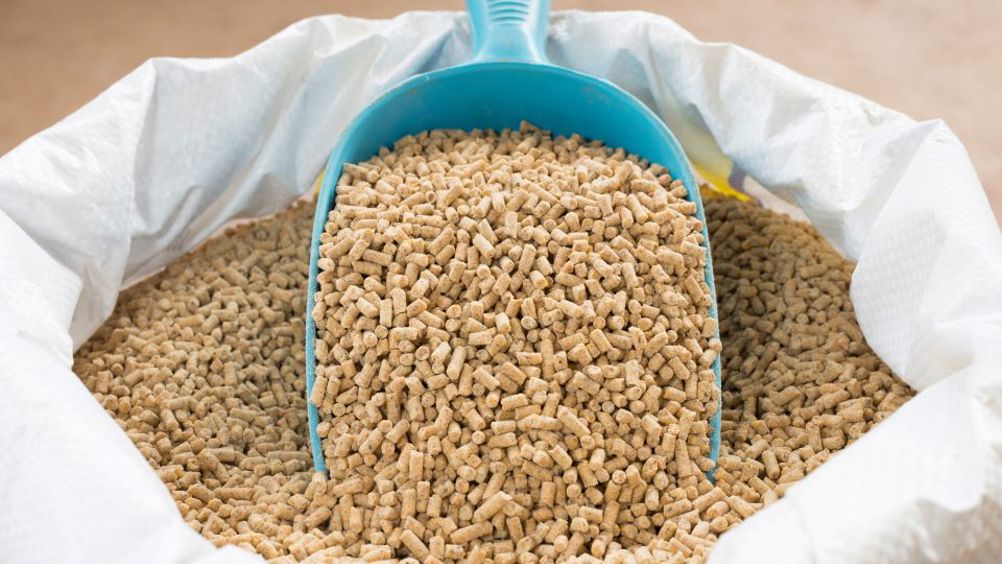This is the claim of Netherlands-based Aerbio, which is working with a consortium of partners, including the Sustainable Aquaculture Innovation Centre (SAIC), as part of the REACT-FIRST initiative.
The project will produce a novel single-cell protein called Proton, which can be used as feed for salmon and chickens.
The opening of Aerbio’s pilot facility will allow larger feed trials to begin, with an initial 200kg of Proton being produced per month. The pilot facility will help the company determine how best to integrate itself into the food chain, with the Proton it produces being used in the assessment and development of several applications, including in the REACT-FIRST initiative.
Engineering work is also already being conducted on an upcoming ‘Market Launch Facility’, which will have the capacity to produce 250 tonnes of Proton per annum. Subsequent commercial sites are expected to each produce 100,000 tonnes of Proton per year.
In a statement, Pete Rowe, co-founder and CXO of Aerbio, said: “The opening of our pilot facility is a significant step forward for our technology. It proves its scalability – both in terms of production and the operations of the sites.”
The energy transition means that large-scale projects are making hydrogen and carbon dioxide available at scale. Electrolyser projects see renewable power used to split water into hydrogen and oxygen, while carbon capture projects are enabling large volumes of food-grade carbon dioxide to reach the market.
Through the conversion of gases using Aerbio’s fermentation system, the production of Proton requires no arable land and the sites can be deployed wherever industrial processes create food-grade carbon dioxide and hydrogen. This will allow countries that currently have to import protein-rich ingredients to have their own production capabilities.
The carbon footprint associated with Proton is claimed to be up to 90 per cent lower than either fishmeal or soy. Results from initial small-scale trials also suggest that, in principle, it has the same nutritional benefits as conventional feed ingredients from animal or plant origins.
Aerbio plans to ship its first products in the next few months, with initial chicken and fish feed trials beginning by the end of the summer and results available for the beginning of 2025.
REACT-FIRST was funded through the UK Research and Innovation (UKRI) Transforming Food Production Challenge, and delivered by Innovate UK and the Biotechnology and Biological Sciences Research Council (BBSRC).
“Our small-scale trials have proven the fundamentals of Proton – it has a strong nutritional profile and is just as good, if not better, than conventional ingredients,” said Rowe. “Our main input requirements are simply carbon dioxide, water, and power, all of which can be sustainably produced and are readily available. Once we are in the position to fully roll out the technology, we hope to enable better food security for protein, something high on the list of almost every country.”











IET sounds warning on AI doll trend
I agree that we need to reduce cooling water demand for servers. And yes, generative AI consumes a large amount. But what about BitCoins? Their...